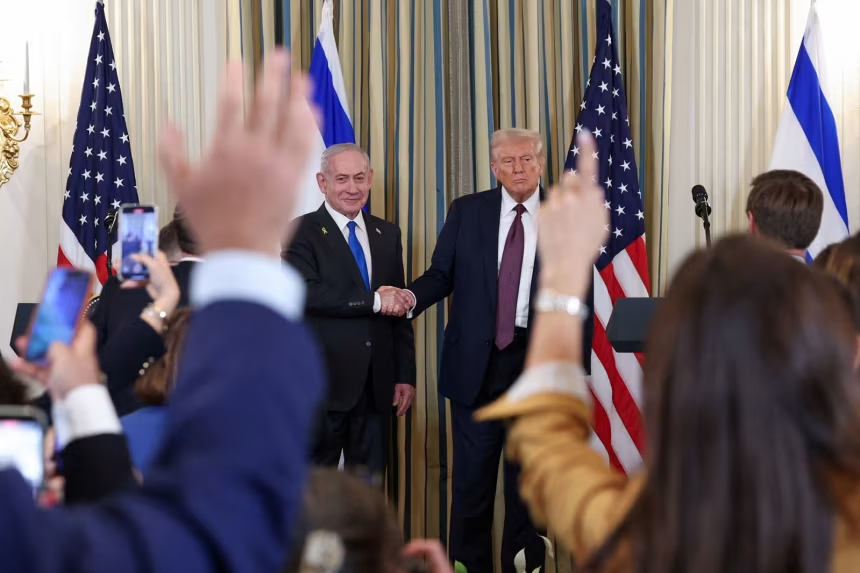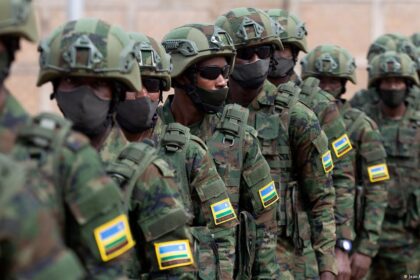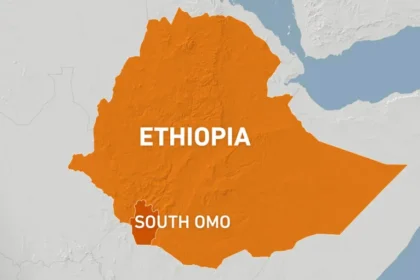Former U.S. President Donald Trump announced on Monday that a ceasefire in Gaza is closer than ever, following talks with Israeli Prime Minister Benjamin Netanyahu at the White House. The claim came as Netanyahu reportedly agreed to a detailed 20-point plan outlining terms for a possible end to the nearly two-year conflict.
Trump, speaking alongside Netanyahu in the White House State Dining Room, expressed optimism.
“I think we are beyond very close,” he said. “We’re not quite finished. We have to get Hamas.”
However, the plan still faces a major obstacle: Hamas has not yet agreed to the proposal, and several of its provisions echo previous terms the group has firmly rejected.
What’s in the Plan?
The ceasefire proposal includes a key condition: Hamas must release all remaining hostages, both living and deceased, within 72 hours of Israel’s formal acceptance of the agreement. This timeline puts pressure on Hamas to respond quickly—assuming the group even considers the terms.
A Fragile Hope Amid Widespread Destruction
Trump’s announcement comes amid growing international pressure to end the war, which has killed tens of thousands and left much of Gaza in ruins. Despite that, major disagreements persist over critical issues such as the status of Hamas, Israel’s long-term military presence in Gaza, and humanitarian access.
Warnings If Hamas Rejects Terms
Both Trump and Netanyahu issued stern warnings during the joint appearance, signaling serious consequences if Hamas refuses the deal. However, the specifics of those consequences were not disclosed.
A Complicated Road Ahead
While Trump portrayed the plan as a breakthrough, the reality on the ground—and in diplomatic backchannels—remains complex. With no official response from Hamas yet, and past ceasefire efforts having collapsed under similar conditions, optimism may be premature.















